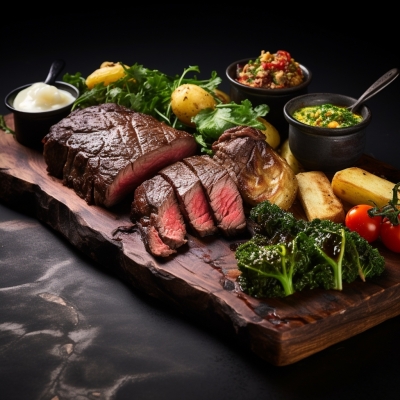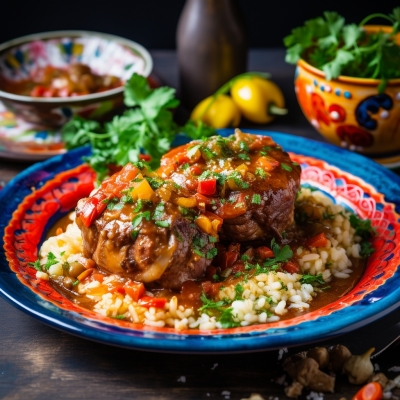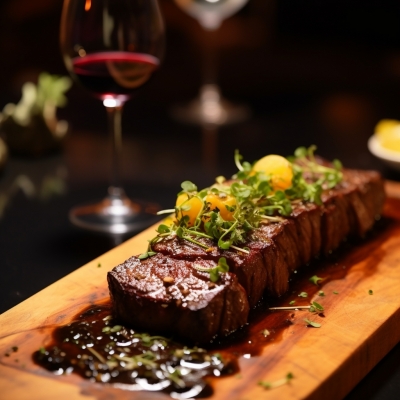There are few things in the culinary world as satisfying as a perfect sear. That deep brown, crispy crust on a piece of meat, fish, or even vegetables not only looks appealing but also creates a depth of flavor that''s simply unparalleled. This magical transformation is all thanks to a chemical reaction known as the Maillard reaction.
The Maillard reaction, named after French chemist Louis-Camille Maillard, is a complex series of reactions between amino acids and reducing sugars that occurs when food is heated. It''s responsible for the browning and the savory, complex flavors of everything from a seared steak to roasted coffee and baked bread.
Key #1: A Very Dry Surface
Moisture is the enemy of browning. When you put a wet piece of meat in a hot pan, the pan''s energy is spent first on boiling off the water (steaming the food) before it can start the browning process. For dishes like our perfectly seared scallops, this is the most critical step.
Pat your protein thoroughly dry with paper towels before seasoning. For an even better result, let it air-dry uncovered on a rack in the refrigerator for a few hours.
Key #2: High, Consistent Heat
The Maillard reaction kicks into high gear at temperatures above 300°F (150°C). This means you need a hot pan. Once you place your food in the pan, resist the urge to move it. Let it sit undisturbed to form a deep, even crust.
Key #3: The Right Pan
Your choice of cookware is crucial. You need a pan that can get screaming hot and, more importantly, stay hot when the food is added.
- Cast Iron: The undisputed king of searing. Its heavy mass holds a tremendous amount of heat, ensuring a deep, even crust.
- Carbon Steel: A lighter alternative to cast iron with similar heat retention properties. A favorite in professional kitchens.
- Stainless Steel: A good option if you plan to make a pan sauce, as the browned bits (fond) stick to the bottom and can be easily deglazed.
Key #4: Give It Space
This might be the most common mistake home cooks make. Overcrowding the pan lowers the temperature and causes the food to steam instead of sear. Always cook in batches if necessary, ensuring there is plenty of space between each piece.

Key #5: Choose the Right Fat
The fat you use acts as a conductor, transferring heat from the pan to the food. You need a fat with a high smoke point that won''t burn at searing temperatures.
Use a neutral oil like canola, grapeseed, or avocado oil for the initial sear. You can add a knob of butter at the very end for flavor, but don''t start with it, as its milk solids will burn.
Key #6: The Flip and The Rest
Only flip your protein once. Let it develop a deep crust before touching it. After cooking, the final step is perhaps the most important: let it rest. Resting allows the muscle fibers to relax and reabsorb their juices. Cutting into a steak right off the grill will result in a dry piece of meat and a plate full of lost flavor.
Mastering these six keys will fundamentally change your cooking, allowing you to build incredible depth of flavor and texture in everything you make.

WRITTEN BY
Jane Doe
Jane is the founder and head of recipes at Just Hungry Everyday. With over a decade of experience in professional kitchens, she's passionate about making advanced culinary techniques accessible to home cooks.


